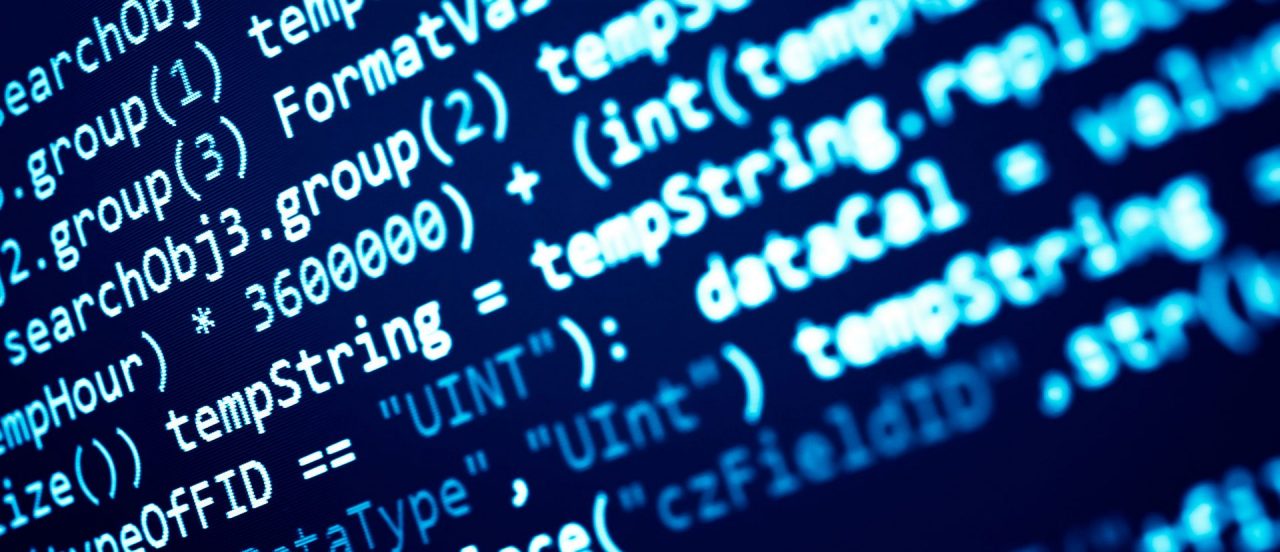One of the issues for discussion among scholars of competition law in the digital space is collusion, and the ineffectiveness of competition law to deal with collusion that is driven by algorithms and not humans. This ineffectiveness is based on several assumptions, with the main being that humans, and not algorithms, have the ability to communicate. In this article, I put forward some arguments to challenge this view. I outline how algorithms “communicate,” if they communicate, and discuss if such communication can be perceived as communication for the purposes of competition law. Collusion cannot happen without communication and, therefore, communication is the first essential step for anti-competitive collusion to exist. The manner in which we perceive algorithms and their interactions thus determines whether specific legal requirements of anti-competitive collusion can be applied to algorithmic collusion or not.
By Barbora Jedlicková1
In recent years we have seen a rich discussion, legislative proposals and even application of competition law2 with regards to large digital platforms.3 It is reasonable to assume that this is just the beginning of addressing the existing and potential anticompetitive issues in the digital space. Some scholarly works on competition law and the digital economy also discuss other topics, with various types of algorithmic collusion being one of the most prominent. Considering, first, that innovation occurs at enormous speeds
...THIS ARTICLE IS NOT AVAILABLE FOR IP ADDRESS 216.73.216.223
Please verify email or join us
to access premium content!

